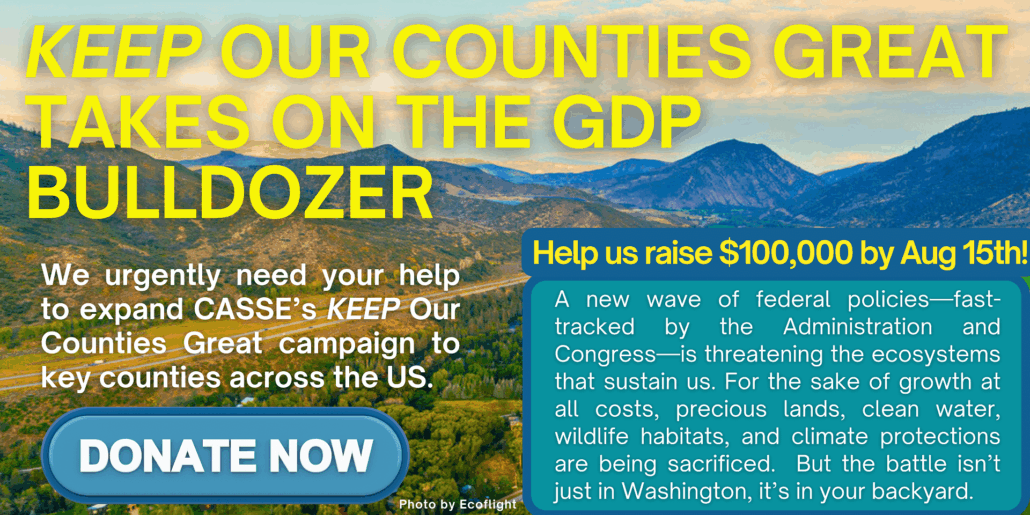Introducing the Sustainable Transportation Act
by David Shreve
While transportation is vital to American prosperity, the transportation sector is the largest direct contributor of U.S. greenhouse gas emissions among all economic sectors. Even though passenger-car efficiency has steadily increased in recent years, the sector’s contribution to environmental degradation has continued to rise. Since 1995, U.S. transportation sector emissions have risen by almost 20 percent.
We cannot ignore the principal problems in the U.S.
